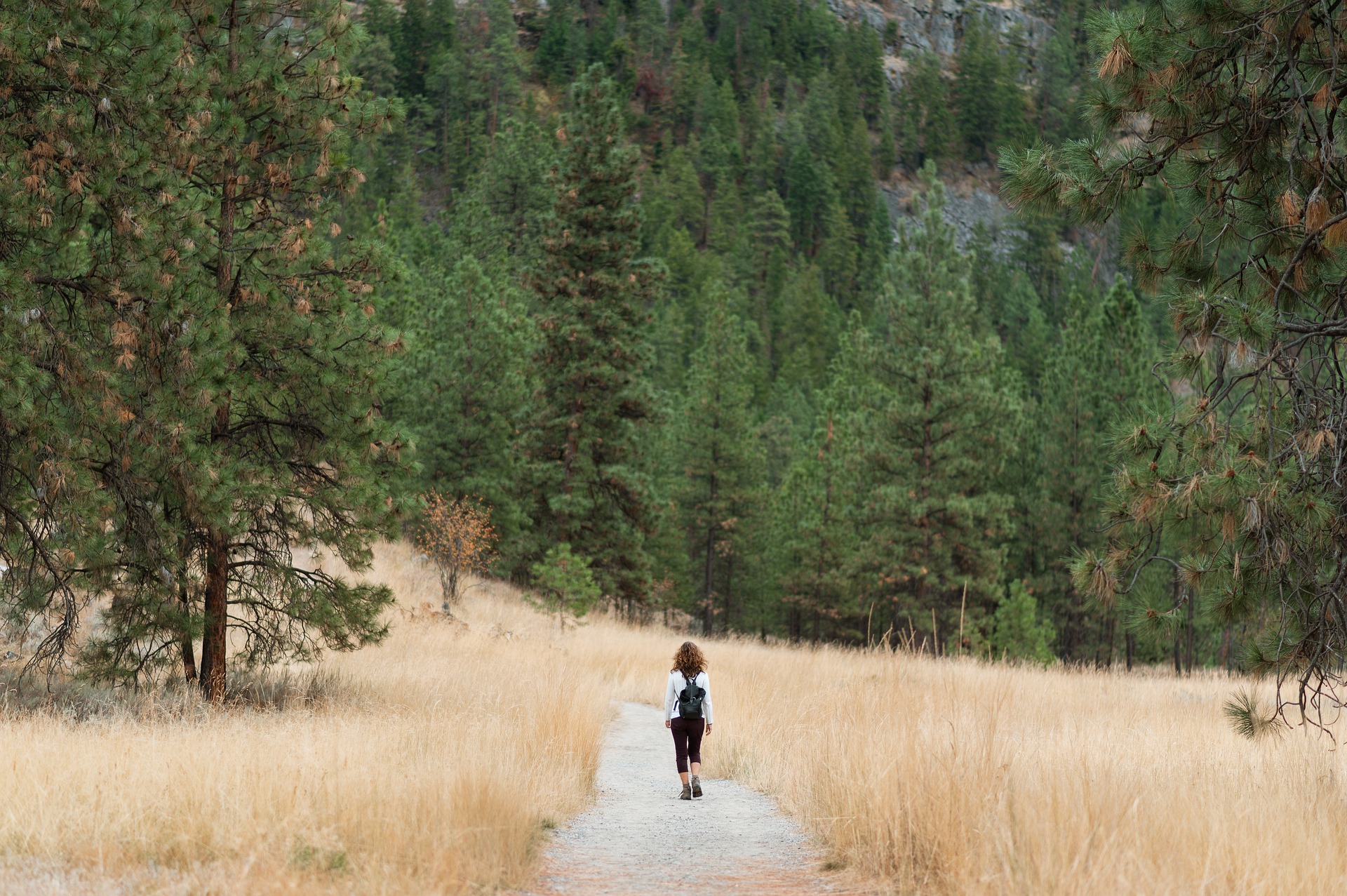Unveiling the Mysteries of Dark Tourism: A Sobering Journey Through History
Dark tourism, a term coined in the late 1990s, refers to visiting sites associated with death, tragedy, and disaster. This form of tourism is gaining momentum as travelers seek more meaningful experiences that go beyond the usual tourist attractions. This article explores the intriguing world of dark tourism, its historical context, current trends, and its impact on travelers.

The Genesis of Dark Tourism
Dark tourism has a long history that predates its formal label. For centuries, people have been drawn to sites of tragedy, from the battlefields of the American Civil War to the torture chambers of medieval Europe. The trend gained momentum in the 20th century, with the rise of heritage and memory tourism, which encouraged travelers to engage with history on a deeper level.
Dark Tourism in the Modern World
Today, dark tourism is more popular than ever, ranging from visiting the Chernobyl Exclusion Zone in Ukraine to the Ground Zero of the 9/11 attacks in New York City. The trend is fueled by a growing desire among travelers to understand the world and its history more profoundly. As a result, dark tourism sites are evolving to provide more comprehensive and sensitive interpretations of their tragic histories.
The Paradox of Dark Tourism
Visiting sites of tragedy can be a deeply emotional experience, inspiring reflection on human resilience in the face of adversity. However, it also raises ethical questions about the commodification of suffering. Critics argue that it’s disrespectful to treat these sites as tourist attractions, while proponents believe that it can promote empathy and awareness of historical atrocities.
Embracing the Lessons of Dark Tourism
While dark tourism can be challenging, it offers invaluable lessons about history, humanity, and our capacity for survival and growth. These experiences allow travelers to connect with the past in a profound and personal way, providing a deeper understanding of the world and our place in it.
Insightful Tidbits about Dark Tourism
-
Dark tourism spans a wide range of sites, from war memorials and concentration camps to disaster zones and sites of infamous crimes.
-
The term “dark tourism” was first coined by scholars John Lennon and Malcolm Foley in 1996 to describe the phenomenon of visiting sites associated with death and tragedy.
-
Despite its macabre nature, dark tourism can foster empathy, education, and historical awareness.
In conclusion, dark tourism offers a sobering but enlightening perspective on our shared history. While it can be uncomfortable and controversial, it’s a powerful reminder of the resilience of the human spirit. As travelers, it’s important to approach these sites with respect and openness, acknowledging the gravity of the events that unfolded there. As we navigate this unique travel trend, we continue to grapple with our past, learn from it, and hopefully, shape a more compassionate future.




